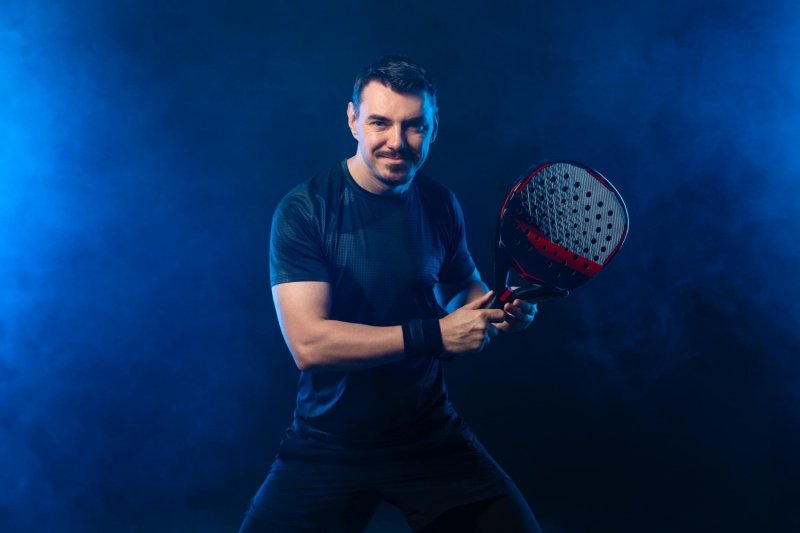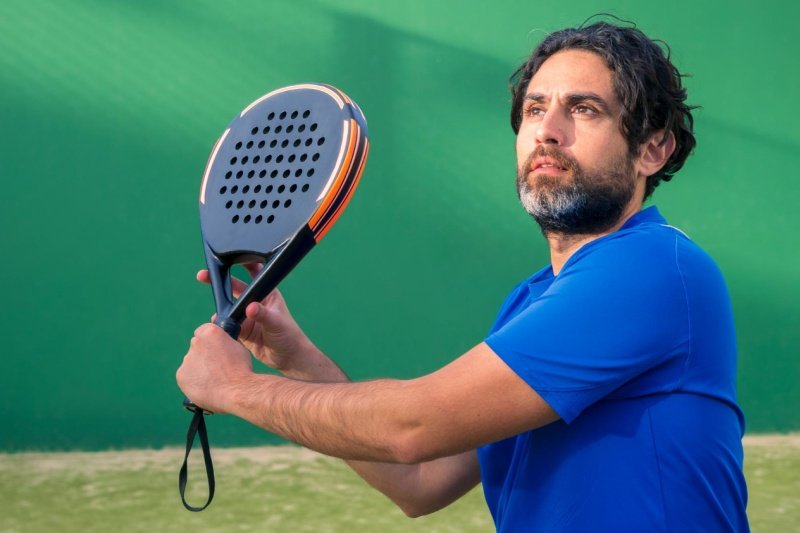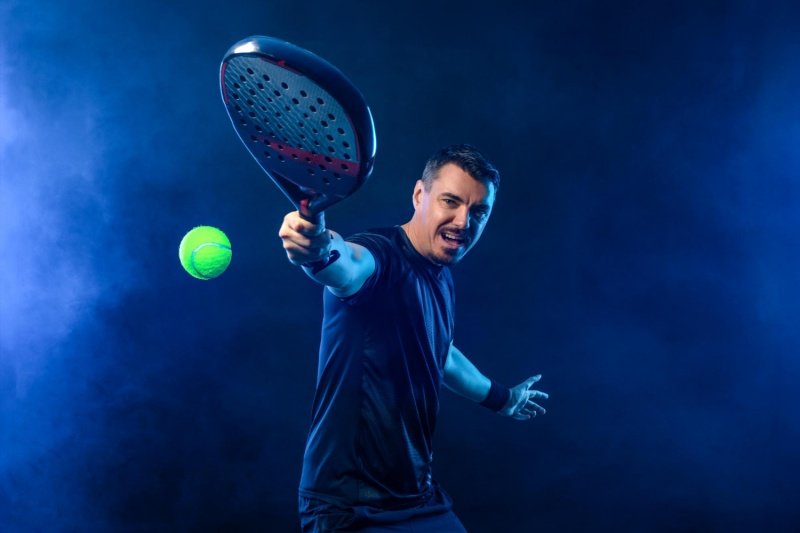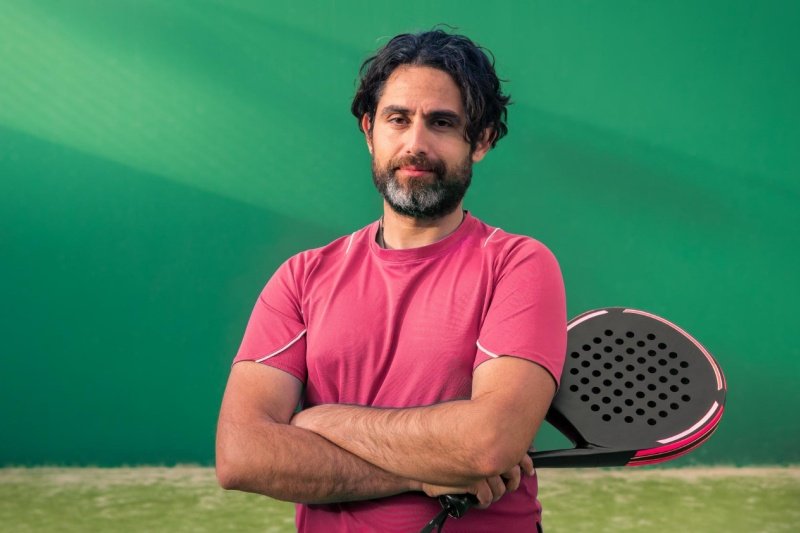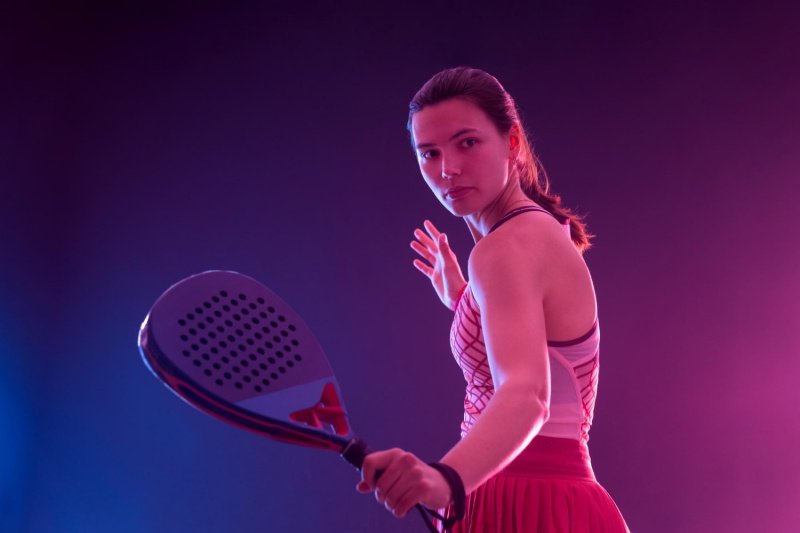Confused about padel tennis and how it fits into the world of racket sports? You're not alone—many players are unsure where to start.
Padel tennis is a fast-paced racket sport played in doubles on an enclosed court1, using walls like squash and rules like tennis.
Stick around as I break down how padel fits into the global sports scene and what makes it so unique.
What is padel called in America?
As padel gains traction in the U.S., it often gets confused with other paddle sports—but it has a name of its own.
In America, the sport is simply called "Padel," though it's sometimes referred to as "padel tennis" to distinguish it from similar games.
Padel’s Identity in the U.S.
When I talk with American clients or partners at NEX Padel, they often ask if padel is just another term for pickleball or paddle tennis. It's not. Padel is its own sport, and in most of the U.S., it’s marketed directly under the name “Padel.” However, because it’s still emerging, people may add “tennis” at the end to give it context.
Terminology Confusion
| Term Used | Meaning | Common in U.S.? |
|---|---|---|
| Padel | Correct name of the sport | Increasingly |
| Padel Tennis | Informal term for padel | Yes |
| Paddle Tennis | A different sport altogether | Yes |
| Pickleball | Entirely different sport | Yes |
Clarifying the Brand
To avoid confusion, I always recommend using "Padel" in branding and product lines, especially for retailers and distributors entering the U.S. market. Clear labeling helps build awareness and proper market positioning.
What's the difference between tennis and padel?
If you’re thinking about switching from tennis to padel, you need to know how these two sports compare beyond the racket and the court.
Padel is played in doubles on a smaller court with walls, using solid rackets and a slower ball, unlike traditional tennis.
Game Structure
Padel and tennis may share scoring systems, but the way the game unfolds is very different. At NEX Padel, we design paddles specifically for the dynamic of wall play and tighter spaces—something traditional tennis gear doesn’t support.
Key Comparisons
| Feature | Tennis | Padel |
|---|---|---|
| Court Size | Larger, open court | Smaller, enclosed court |
| Number of Players | Singles or doubles | Doubles only |
| Racket Type | Strung racket | Solid, perforated paddle2 |
| Ball | Higher pressure, more bounce | Lower pressure, controlled bounce |
| Use of Walls | No | Integral to gameplay |
Strategic Differences
In tennis, power and endurance dominate. In padel, strategy, teamwork, and positioning matter more. That’s why even older players can compete at high levels. It’s not just about force—it’s about control.
What is padel sport vs pickleball?
They both use paddles and have similar names, but padel and pickleball are entirely different in their rules, design, and playing style.
Padel is a wall-based sport played with pressurized balls3, while pickleball is played with plastic balls on a badminton-sized court.
Equipment & Court Layout
At first glance, people confuse the two. When clients visit our facility, they often ask why we don’t produce for pickleball. The reason is simple: different materials, different markets.
Comparative Overview
| Feature | Padel | Pickleball |
|---|---|---|
| Ball Type | Felt-covered, pressurized rubber4 | Hard plastic with holes |
| Court Surface | Artificial turf or concrete | Hard court or gym floor |
| Court Dimensions | 10x20 meters (with walls) | 6.1x13.4 meters (no walls) |
| Game Speed | Medium, with rebounds | Fast, flatter shots |
| Racket Type | Solid foam core paddle | Hard paddle (composite/plastic) |
Target Demographics
Pickleball is more popular among older recreational players in the U.S. Padel appeals to competitive players looking for a blend of strategy, speed, and social gameplay. I always tell new business partners: they may both use paddles, but they’re not interchangeable.
What is harder tennis or padel?
Choosing between padel and tennis isn’t just about preference—it’s about the type of physical and mental challenge you want.
Tennis is physically more demanding, while padel requires quicker reflexes and strategic thinking within a confined space.
Physical vs Tactical
Tennis demands speed, endurance, and strong serves. Padel, on the other hand, demands fast reactions and precision due to the confined court and wall involvement.
Difficulty Breakdown
| Skill Category | Tennis | Padel |
|---|---|---|
| Endurance | Higher | Lower |
| Reflexes | Medium | High |
| Learning Curve | Steeper | Smoother for beginners |
| Strategy Complexity | High (singles and doubles tactics) | High (wall usage, double play) |
| Solo Play | Possible | Not possible (doubles only) |
Personal Insight
From my experience at NEX Padel, tennis players often underestimate how demanding padel can be. It’s less about brute strength and more about anticipation. Many find padel easier to learn, but harder to master when walls come into play.
Conclusion
Padel is a distinct, fast-growing racket sport that blends strategy and reflexes—differing greatly from tennis, pickleball, and paddle tennis.


